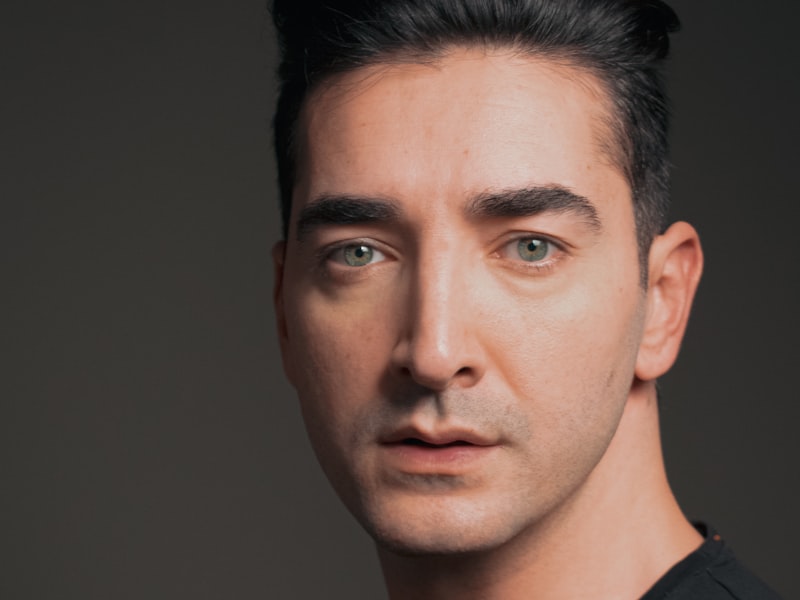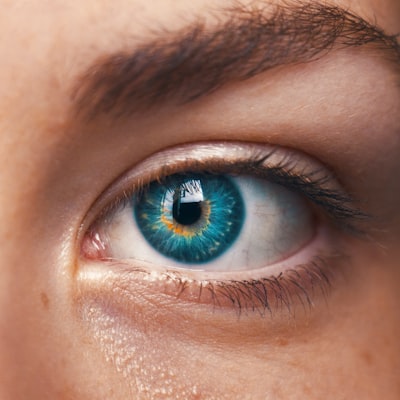Keeping Koi Fish in 2022: The Basics


The size, cost, and time constraints of keeping koi fish can sometimes make planning out an entire pond impossible.
Ponds require a lot of work and are tricky to maintain.
Tanks are preferred because of this reason.
There are some things you can do to ensure your koi are happy and healthy in their indoor habitat, although the topic is hotly debated.
You can raise healthy, happy koi right inside your home in a well-equipped koi tank if you follow these tips.
Minimum Requirements
In order to keep koi indoors, you will need a lot of space.
There must be around fifty gallons of water and a minimum depth of three feet for a koi fish to thrive in a given area.
The water needs of each fish increase when there are more than one koi.
In addition to growing, this amount may also increase.
In order to keep koi for a long time, you will need a large tank.
You can expect the cost and work requirements to be similar to that of a koi pond.
Ponds may be the best long-term choice if you want to avoid this aspect of koi keeping.
Regardless, if you wish to keep your koi in a tank, be sure to keep these requirements in mind and always leave more room for your fish.
The koi you have are beautiful, big fish, so give them the respect and space they deserve.
The tanks you keep your koi in also need to be aerated and filtered.
If your tank contains a lot of water, you must buy a filter that can handle it.
If you have a large koi, make sure the filter you choose can accommodate larger volumes.
In addition, koi are naturally bottom feeders and preferably root around in their environment to find pieces of food to eat.
Therefore, the substrate in the tank should be at least three to four inches thick.
The medium can be gravel or small river rocks, just make sure the medium is safe for aquatic use and free from any toxic materials.
Long-Term Indoor Husbandry: A Problem
If your koi begin to grow large, consider keeping them outside once they are sold small.
It is simply not possible to keep kii in peace unless you can set up a large tank for them to live in.
They will eventually want more space, especially if you keep more than one fifty or one hundred gallon tank.
There are also many other issues that arise with keeping koi indoors.
In addition to being more susceptible to illnesses, koi often experience stress, which impacts their immune systems.
A confined area will also make illnesses much more likely to spread among your koi.
Within your collection of koi, this could lead to mass illness, or even mass death.
It has been reported that some people have had their entire tanks wiped out.
A koi in an indoor setup will be exposed to higher waste levels as the natural water cycle will be different.
If you fail to maintain your aquarium properly, particularly if your fish are growing out of their enclosure, ammonia levels may build up and pose health risks.
If more info are not planning to move your koi out of their tank once they reach the larger size category, it is recommended you keep your koi outside if at all possible.
Quarantine and Temporary Tanks
Koi expect a minimum level of care even with temporary setups.
Fish need lots of space to move, even if they are just staying for a few days.
In small enclosures, stress or injury can occur after only a few hours.
Stress and fear have even led some people to witness their koi jumping out of small tanks.
A temporary aquarium can prevent diseases or other issues from spreading when adding a new fish to your pond.
Your koi should be quarantined for several weeks to avoid exposing the rest of your colony to any bacteria it may have brought from its old habitat.
Quarantine tanks do not need tons of hides and decor to look good.
In this way, you have the ability to catch any issues early through the use of minimalistic setups that provide good monitoring capabilities.
Also, if your koi become ill, you can quickly remove them from the pond using these temporary tanks before the illness spreads.
Catching aquatic bacterial, viral, and parasitic illnesses early will prevent an epidemic from forming in your pond and will reduce the amount of work and money needed to restore your fish to a healthy state.
Consequently, many people always have a spare tank cycled or maintained or have the necessary parts on hand to quickly set up a quarantine system.
If you have a good plan, your fish will be exposed to fewer problems and any injured fish will not become worse off due to exposure to the rest of the group.
